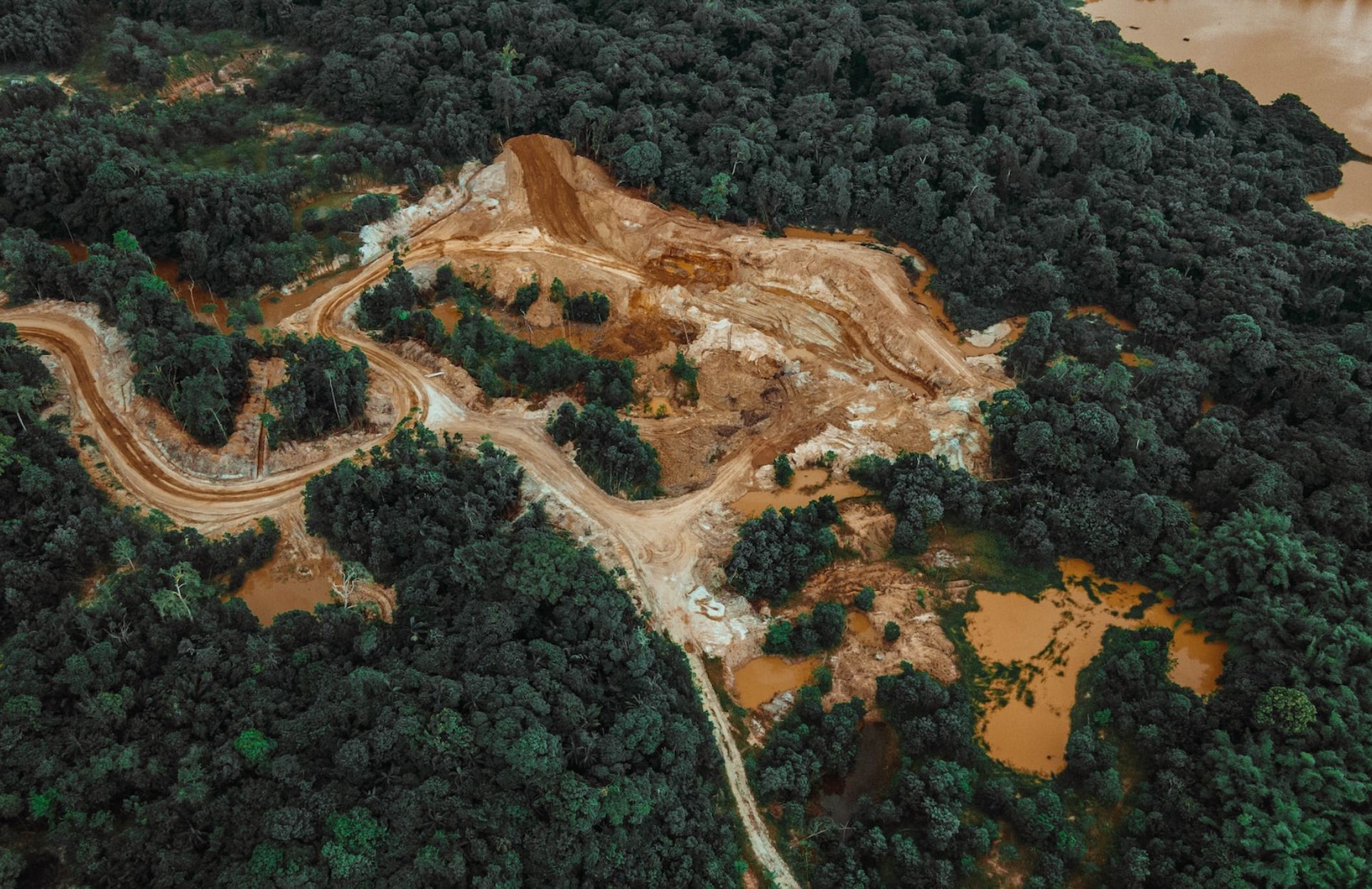 Biodiversity loss is one of the greatest challenges facing humanity. This series of blogs, from the IFoA’s Biodiversity Working Group, explores how this could impact companies, countries, and economies.
Biodiversity loss is one of the greatest challenges facing humanity. This series of blogs, from the IFoA’s Biodiversity Working Group, explores how this could impact companies, countries, and economies.
In this blog series:
Modelling the economic impacts of biodiversity loss remains challenging. This is due to the complexity and interconnectedness of different ecosystems and how these affect economies at local and global levels.
But models are being developed and even though there are inevitable limitations, it is interesting to see what they can tell us. One is the World Bank’s research into the macroeconomic impacts of nature-related losses linked to 4 ecosystem services: wild pollination, timber, fisheries, and carbon sequestration.
The paper illustrates that a decline in even a relatively small number of ecosystem services has a meaningful impact on the global economy. See the 2021 World Bank paper The Economic Case for Nature: A Global Earth-Economy Model to Assess Development Policy Pathways.
The Finance for Biodiversity Initiative has built on the World Bank’s paper. It investigates how the loss of the same ecosystem services could affect countries’ finances. In its 2022 paper, the initiative assesses the effect of nature loss on sovereign credit ratings, default probabilities, and the cost of borrowing.
The World Bank’s results were used to run scenario analyses of the macroeconomic impacts on a sample of 26 sovereign states. Read more about the challenges, limitations, and outputs of the modelling in the initiative’s paper Nature Loss and Sovereign Credit Ratings.
We have summarised the Finance for Biodiversity Initiative paper into 6 projected impacts on sovereign credit ratings.
The general results are not surprising. The impact of nature-related losses is not equally distributed, and emerging economies are projected to be hardest hit.
The impacts of a partial ecosystem collapse are stark. Over 50% of sovereigns sampled would face a rating downgrade and a resulting increase in annual debt financing costs of between $28 and $53 billion. The material impact reflects that exposure to ecosystem services can be non-linear: tipping points may occur as the ecosystem and the services it supports decline.
Some developing countries with lower credit ratings are projected to have rating downgrades of more than 3 notches. That includes Malaysia, India, China, Indonesia, and Bangladesh. See ‘figure 1 ES’ on page 9 in the Finance for Biodiversity Initiative paper Nature Loss and Sovereign Credit Ratings.
This is particularly for sovereigns that already have low credit ratings such as Bangladesh and Ethiopia.
The impact on the highly rated sovereigns is relatively low during the projection period of the study. But this does not mean these economies are immune and the impact is negligible, as their ecosystems may already be substantially depleted.
For example, net importers of pollinated crops may suffer substantial losses even though their own ecosystems are largely unaffected by pollinator loss. See the 2022 paper Globalisation and pollinators: Pollinator declines are an economic threat to global food systems.
Credit rating agencies are starting to recognise the importance of nature-related risks. But we believe these are not fully reflected in credit ratings, which have a relatively short-term focus. If this approach continues, the ratings would at best lose relevance. At worst, they would paint a misleading picture.
Models are being developed for nature-related risks. So the argument that these risks can be disregarded because they are either too hard or too uncertain to measure is becoming harder to justify.
The World Bank and the Finance for Biodiversity Initiative papers illustrate:
Efforts are being made to promote and improve the disclosure of nature-related risks such as the recommendations by the Taskforce on Nature-related Financial Disclosure. These are needed because of 2 important factors illustrated by the sovereign credit rating study. First, the susceptibility of financial statistics such as credit ratings to nature-related risks. And second, the inequity of the exposure as developing countries are likely to be much more affected.